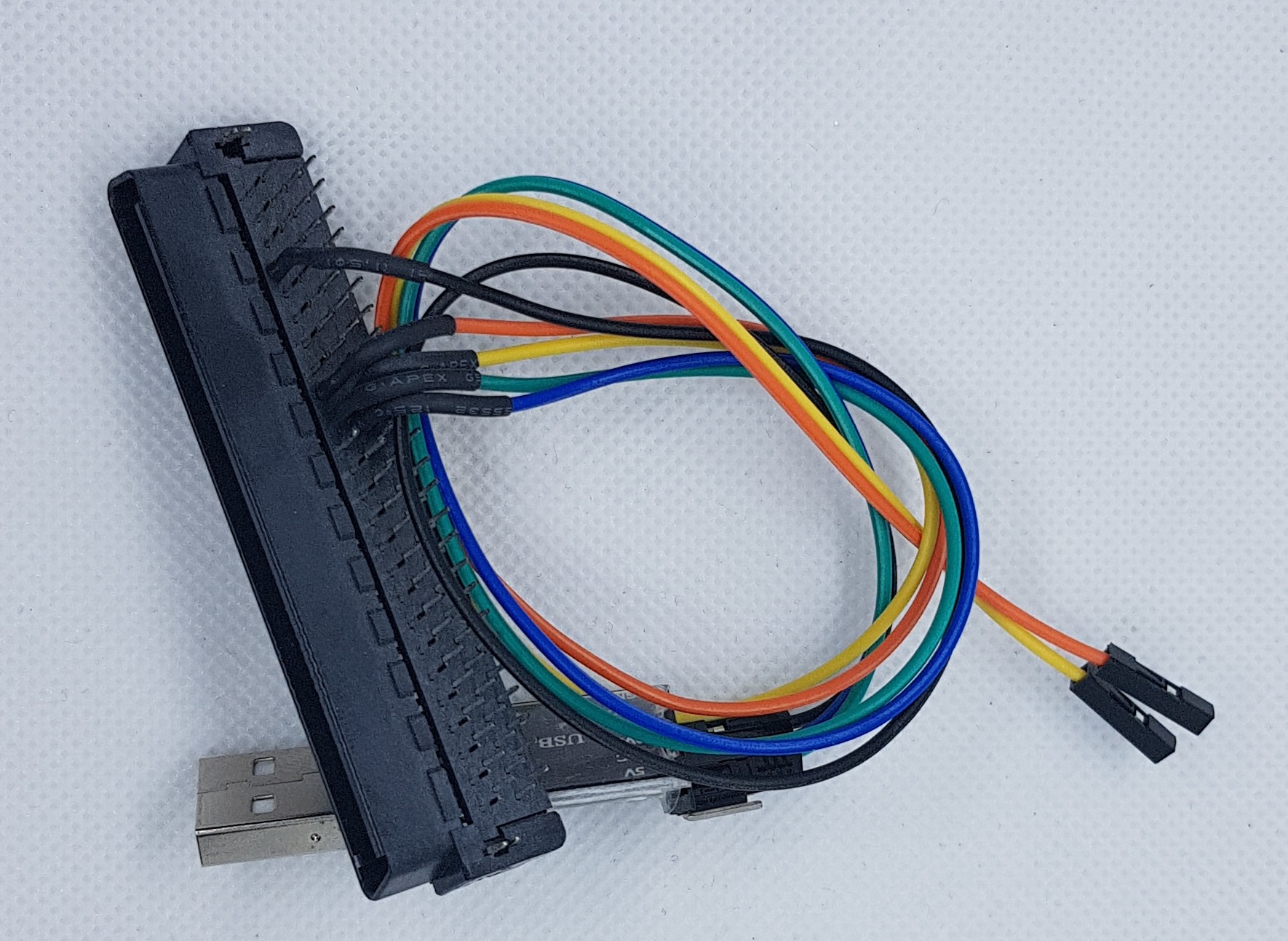Time to get out the continuity tester and crack open the scope a second time !
As I knew where the power rails where in the scope, so the best and quick way to narrow the pins :
- GND : 1, 5, 10, 21, 32, 38, 45, 53, 58, 67, 80, 86, 91 and 96
- 3V3 : 12
- 5V : 72
Next steps was to find the datasheet for the RAM/FLASH chips on the main board and use them to find address/data lines :
- Data lines : 82 to 100 (minus GND lines)
- Address lines : 37 to 50 (minus GND lines)
- R/W : 70
Yep, seemed legit, they were facing each others on the same side of the connector.
Then, how does the scope send the screen signal to the board. A bit of pocking around got me to the J500 connector of the LCD. Nearly all LCD have at least a select line, a dot clock, a line clock, a screen clock and color lines. More pocking around and i had what seemed the clock lines and the color lines.
Some time after, another user mapped the serial port pins from his own card and kindly shared them. They was around where i expected to find them, but ... oh no ... pins 70 were RTS signal for him. I had to check again all of my mapping.
He was right ! My notes where done on a single paper, with annotations everywhere. So news lessons learned from error :
- when writing down pin out, make a table that match the positions of the physical pins
- add enough white space to take your notes
- use colors to discriminate your assumptions, what need to be verified and what was right and wrong
- after every sessions, update a second table with only the correct pin map
Some day later the male connectors for the expansion slot arrived. Time to test the serial port with a cheap TTL/USB converter.

Some week earlier I buyed a non working TDS3032C for 100€ i wanted to use to get the full pin out and some spare components. But after testing it i found that i just have a scope with a non working main power supply, but that can run on a battery pack. I though it would be best to use it to make my tests.
Connecting the new serial cable in the scope, launching a terminal emulator, typing and sending
*IDN?
and was answered by a long awaited
TEKTRONIX,TDS 3032C,0,CF:91.1CT FV:v4.05 TDS3FFT:v1.00 TDS3TRG:v1.00
That was good, but next was my TDS3014... and it didn't work ... Why ? My firmware ? My extensions ?
Can downgrade my TDS3014 to an older version. I have working floppy drives, but no working floppy disk anymore.
I have on oscillo that work with the serial cable it's enough to know the only thing that limit the serial port is the software.
 PMercier
PMercier
Discussions
Become a Hackaday.io Member
Create an account to leave a comment. Already have an account? Log In.